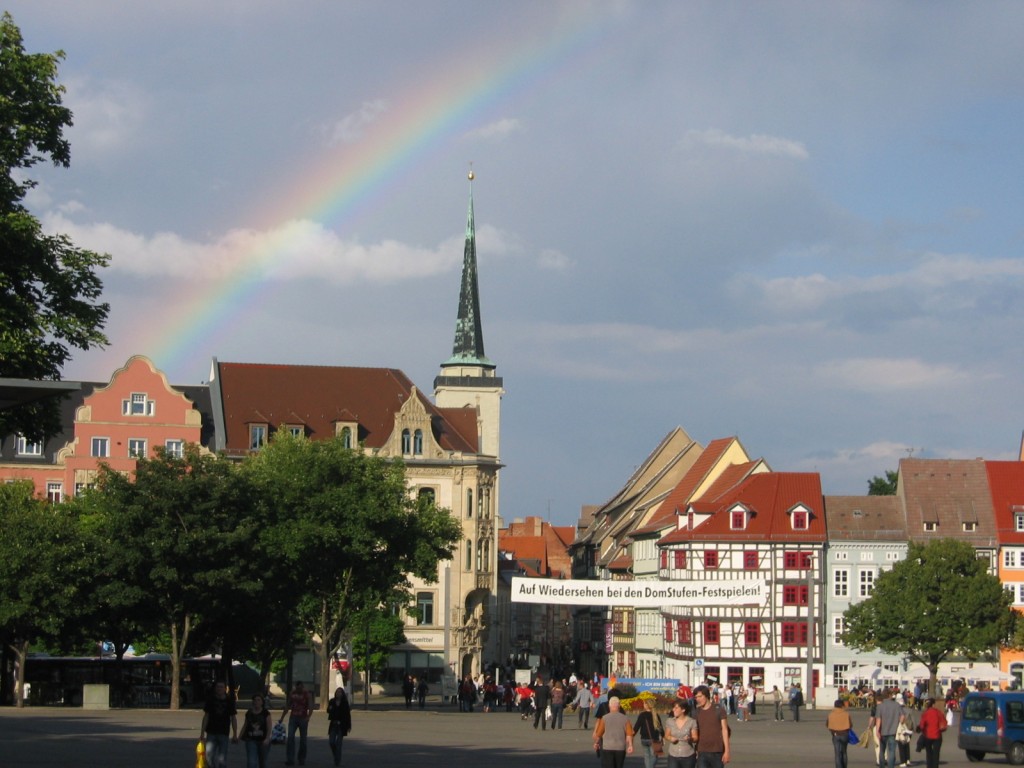 My name is David J. Kent. I am an Abraham Lincoln historian, a career scientist, and a traveler.
My name is David J. Kent. I am an Abraham Lincoln historian, a career scientist, and a traveler.
My newest book is Lincoln, The Fire of Genius: How Abraham Lincoln’s Commitment to Science and Technology Helped Modernize America. You can purchase it at any bookseller nationwide, as well as in the UK, Canada, and Australia. Signed copies can be ordered here. Here are two of the many advance praises for the book:
This is the first in-depth study of Abraham Lincoln’s interest in technology and science and how that interest impacted his life and his Presidency. As Kent demonstrates, Lincoln was a catalyst for some of that transformation wrought by science and technology.

– Marc Rothenberg, Ph.D., Editor, The Papers of Joseph Henry, and past Historian, National Academy of Sciences
David J. Kent, a man of science and of history, has skillfully combined his knowledge of both to write a masterful treatise on Lincoln’s scientific mind.
– Edward Steers, Jr., Ph.D., author of Blood on the Moon and Getting Right With Lincoln.
I also have two other books on Abraham Lincoln – Lincoln: The Man Who Saved America and Abraham Lincoln and Nikola Tesla: Connected by Fate. Check them out here.
I’ve also written books about famous scientists – Tesla: The Wizard of Electricity and Edison: The Inventor of the Modern World, plus an e-book: Nikola Tesla: Renewable Energy Ahead of His Time.

Want to experience more of the world? I have traveled to over 60 countries (with more on the way).
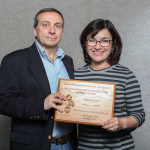 Over a thirty-five-year scientific career I was a marine biologist, an environmental toxicologist, and a national and international consultant. I was President of three different scientific organizations, chaired many scientific groups and conferences, and won awards for my scientific work. I also had an unofficial career as an independent Abraham Lincoln historian. Now I pursue the Lincoln historian career first and currently serve as President of the Lincoln Group of DC, I’m Treasurer and Executive Board member of the Abraham Lincoln Institute, and I’m on the board of advisors of The Lincoln Forum.
Over a thirty-five-year scientific career I was a marine biologist, an environmental toxicologist, and a national and international consultant. I was President of three different scientific organizations, chaired many scientific groups and conferences, and won awards for my scientific work. I also had an unofficial career as an independent Abraham Lincoln historian. Now I pursue the Lincoln historian career first and currently serve as President of the Lincoln Group of DC, I’m Treasurer and Executive Board member of the Abraham Lincoln Institute, and I’m on the board of advisors of The Lincoln Forum.
Throughout my professional years I wrote – technical reports, peer-reviewed science papers, scientific analyses for work; newsletters, web articles, and now blogs for my interests. Now I write full time.

So please join me on my travels through history, science, and the world. Look around the web site. Like my Facebook page. And if you have any questions, feel free to send me a note.
Need to email me? Write to davidjkent.writer AT gmail DOT com.

Like this:
Like Loading...
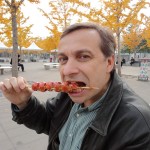 As this web site continues to develop there will be periodic changes in structure and content. Some of these changes will be BIG AND NOTICEABLE while others will be a wee bit less obvious.
As this web site continues to develop there will be periodic changes in structure and content. Some of these changes will be BIG AND NOTICEABLE while others will be a wee bit less obvious.


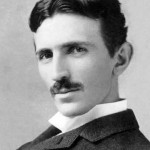
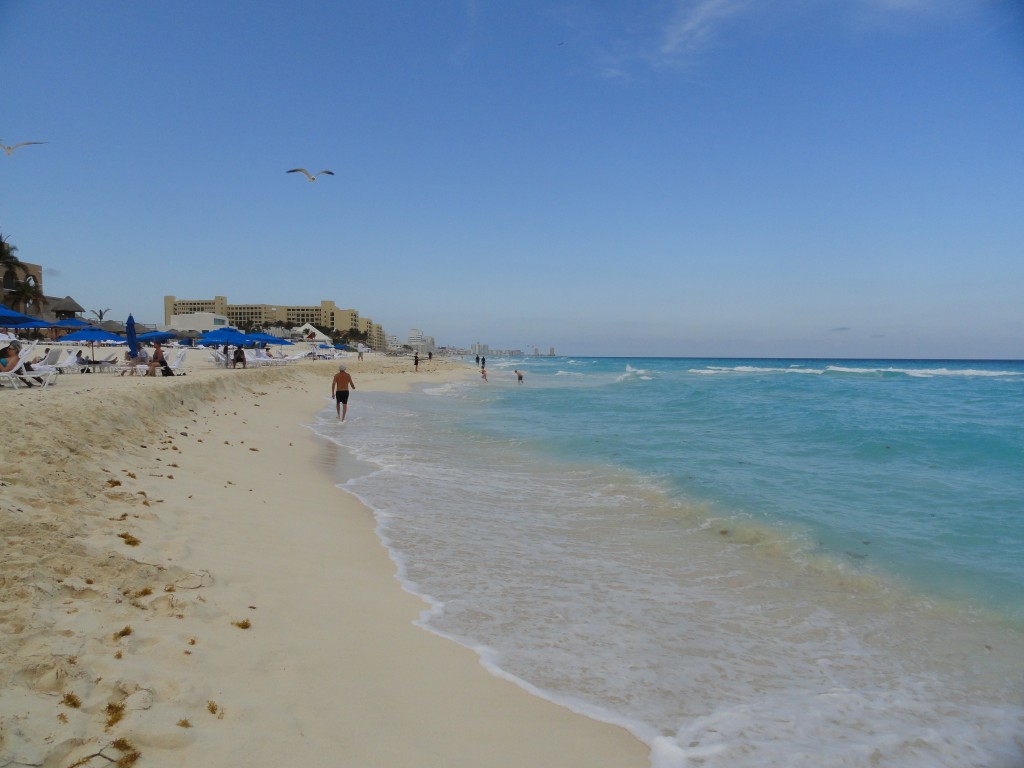

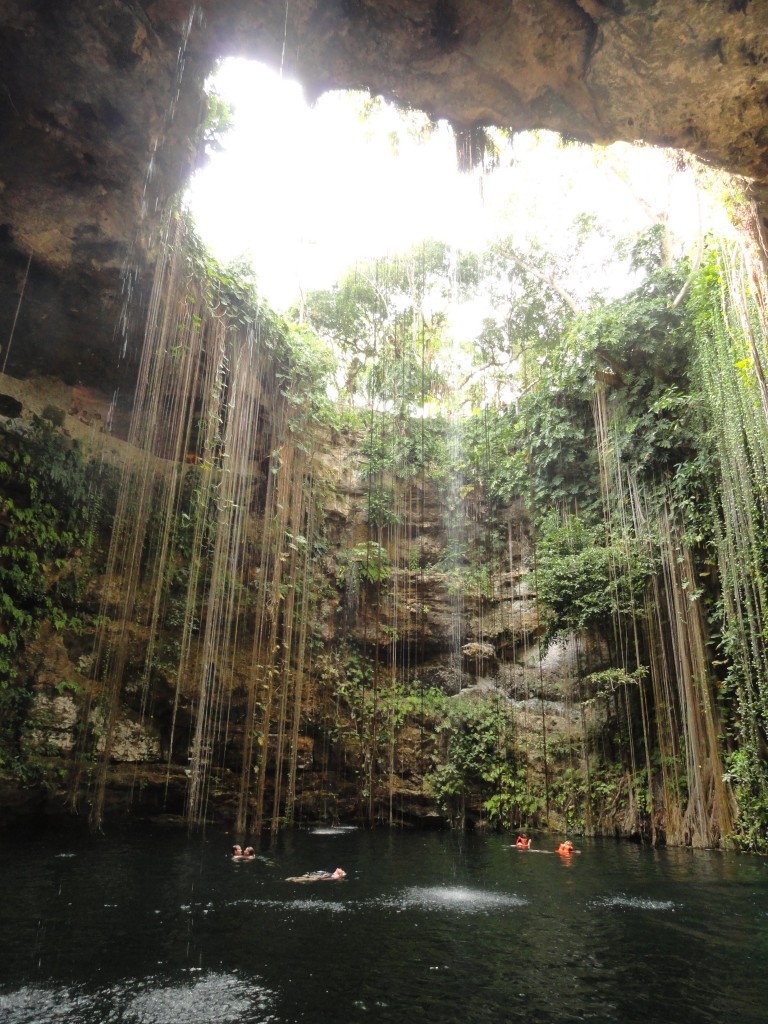

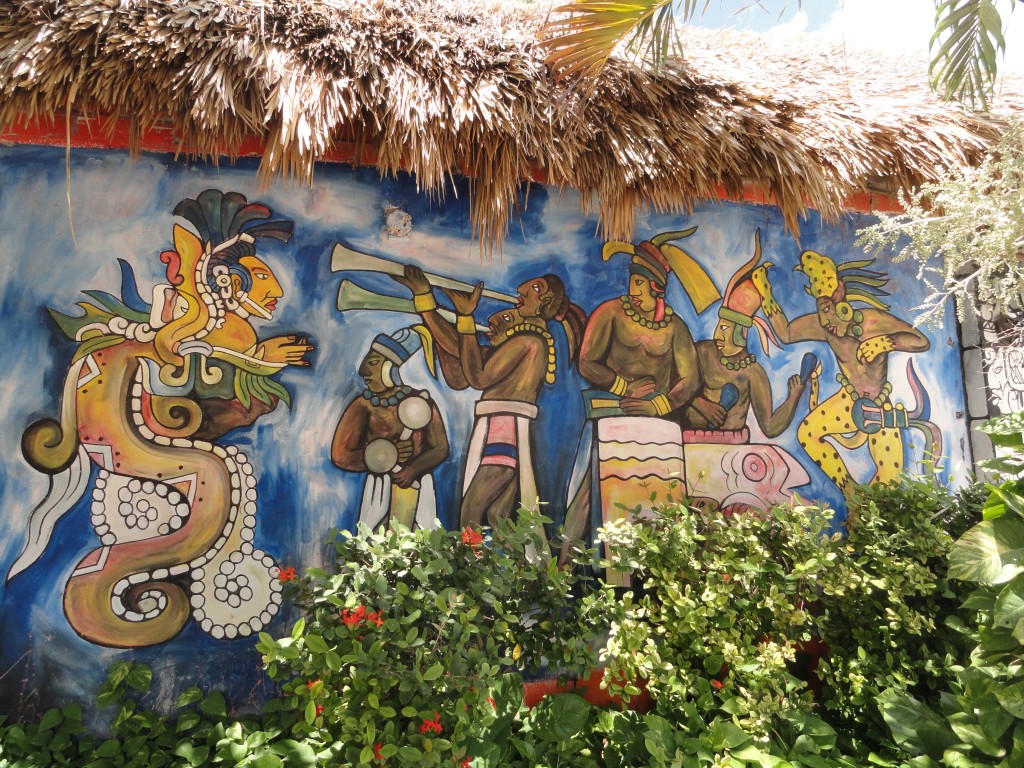

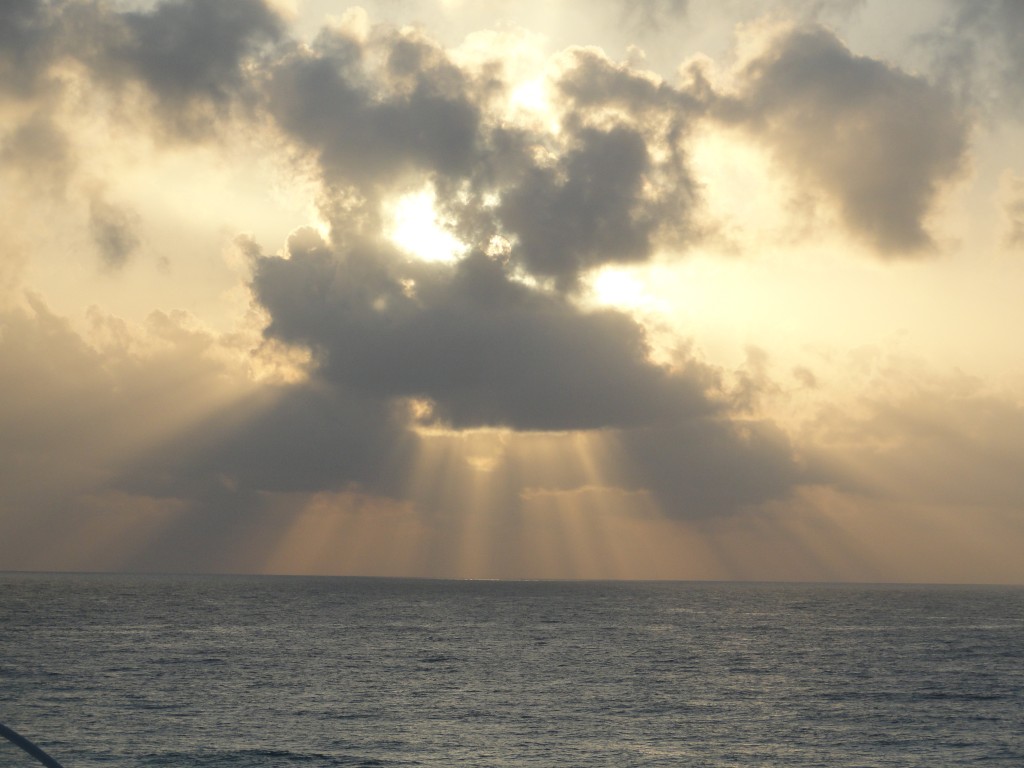
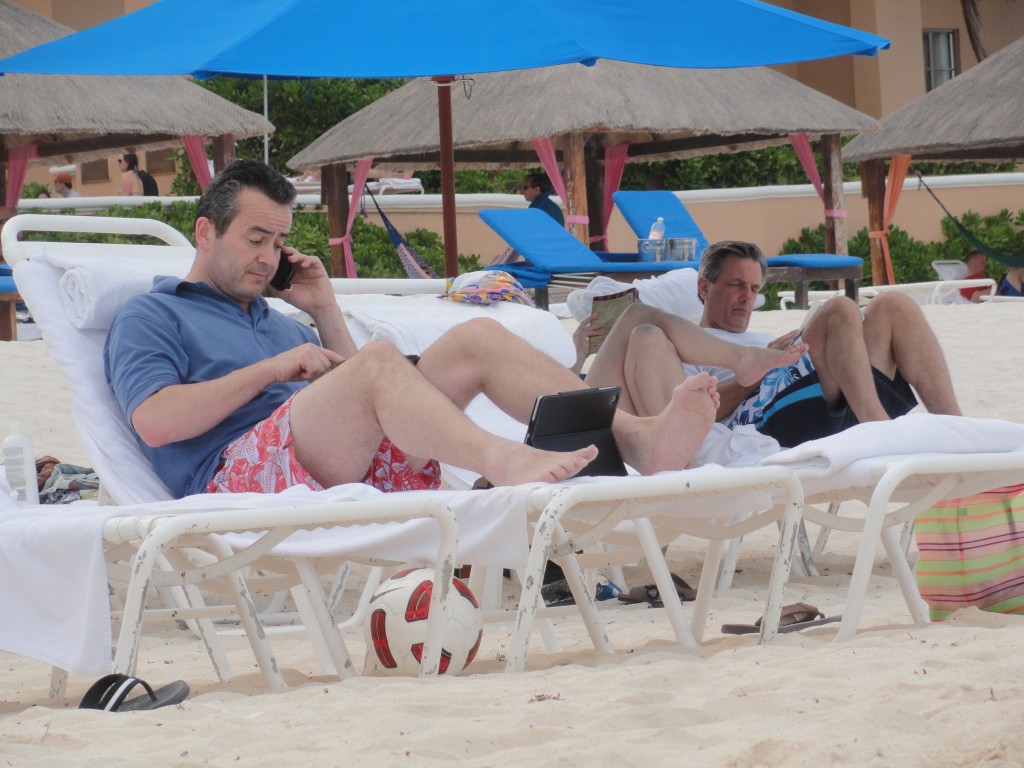


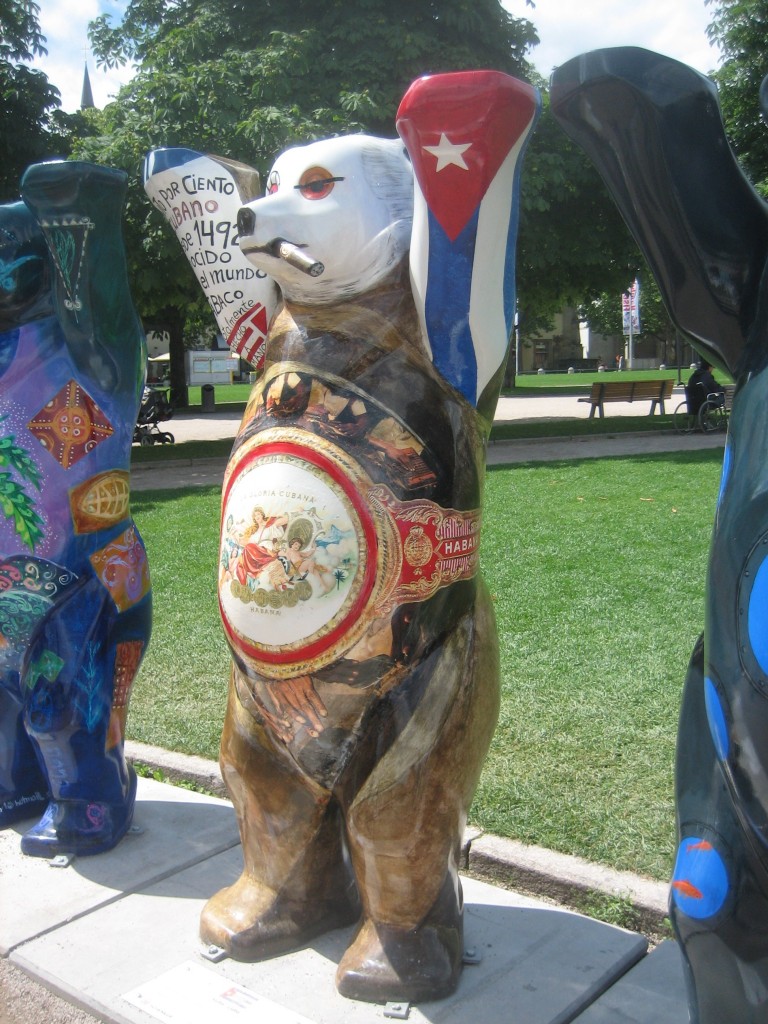

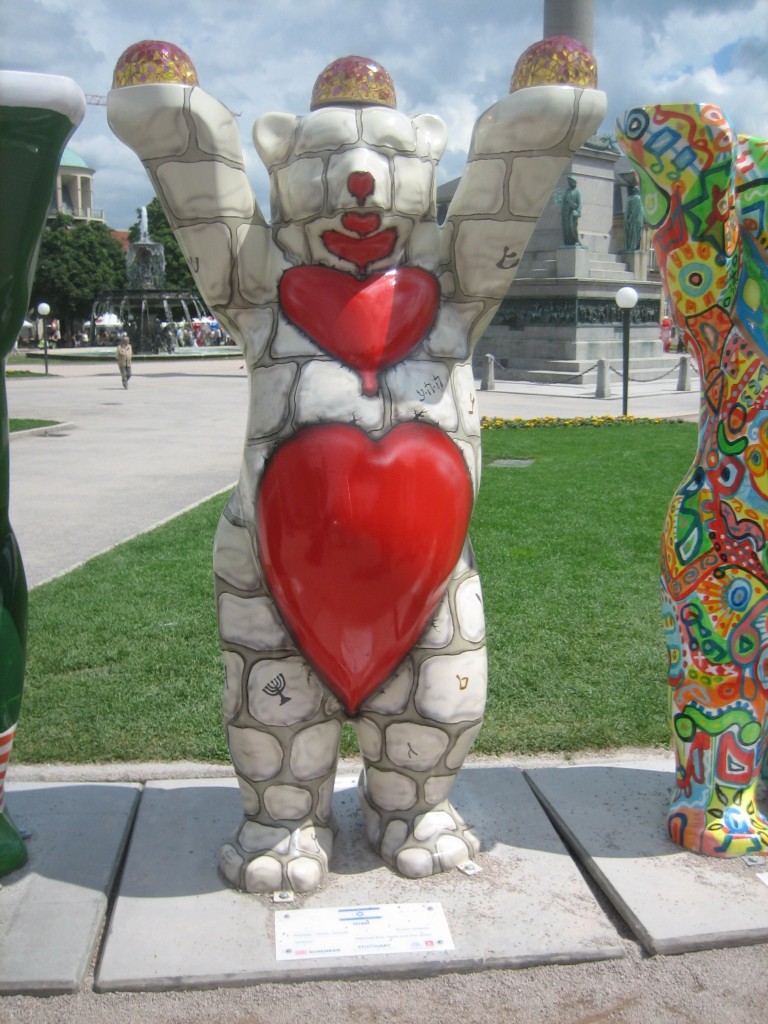
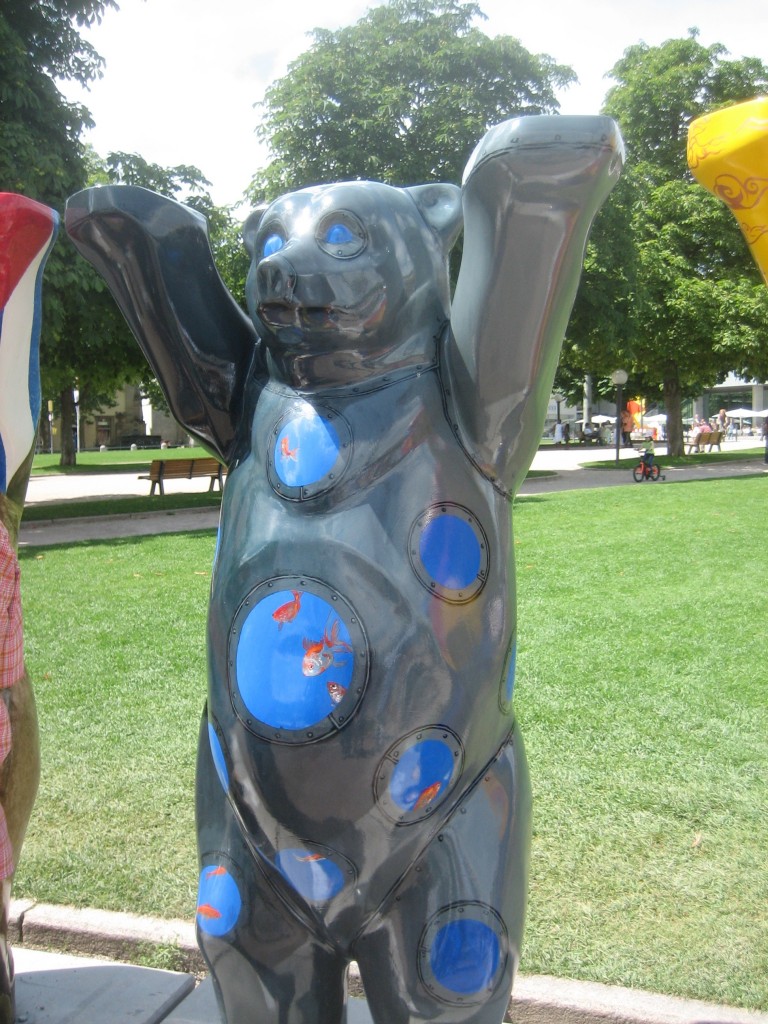

 My name is David J. Kent. I am an Abraham Lincoln historian, a career scientist, and a traveler.
My name is David J. Kent. I am an Abraham Lincoln historian, a career scientist, and a traveler.

 Over a thirty-five-year scientific career I was a marine biologist, an environmental toxicologist, and a national and international consultant. I was President of three different scientific organizations, chaired many scientific groups and conferences, and won awards for my scientific work. I also had an unofficial career as an independent Abraham Lincoln historian. Now I pursue the Lincoln historian career first and currently serve as President of the Lincoln Group of DC, I’m Treasurer and Executive Board member of the Abraham Lincoln Institute, and I’m on the board of advisors of The Lincoln Forum.
Over a thirty-five-year scientific career I was a marine biologist, an environmental toxicologist, and a national and international consultant. I was President of three different scientific organizations, chaired many scientific groups and conferences, and won awards for my scientific work. I also had an unofficial career as an independent Abraham Lincoln historian. Now I pursue the Lincoln historian career first and currently serve as President of the Lincoln Group of DC, I’m Treasurer and Executive Board member of the Abraham Lincoln Institute, and I’m on the board of advisors of The Lincoln Forum.



